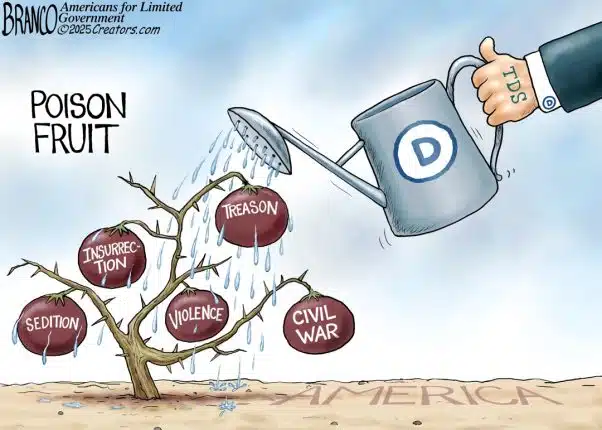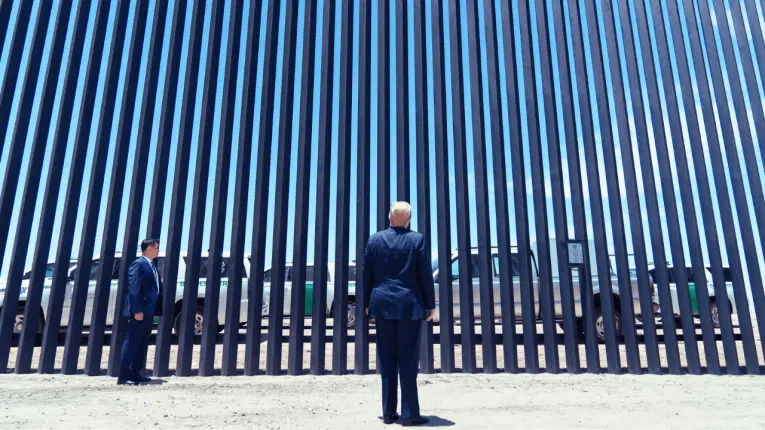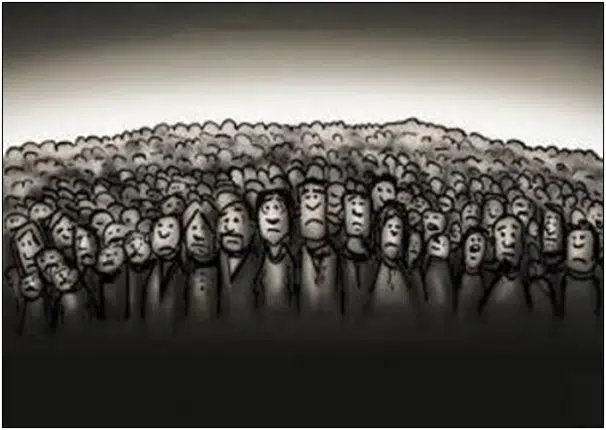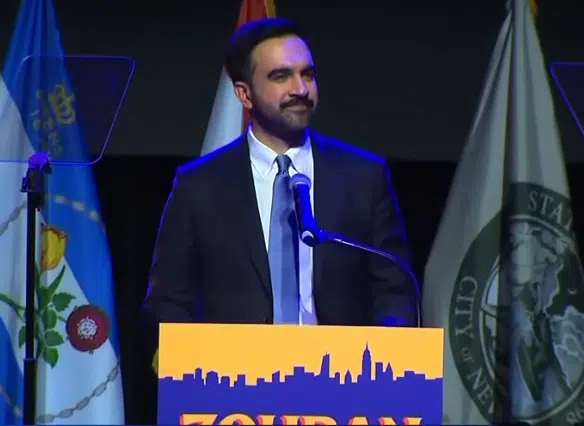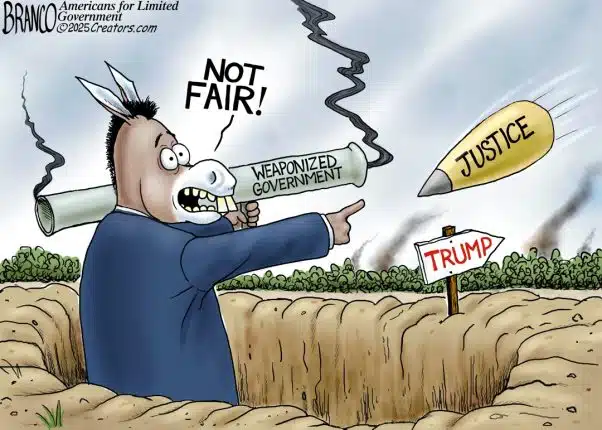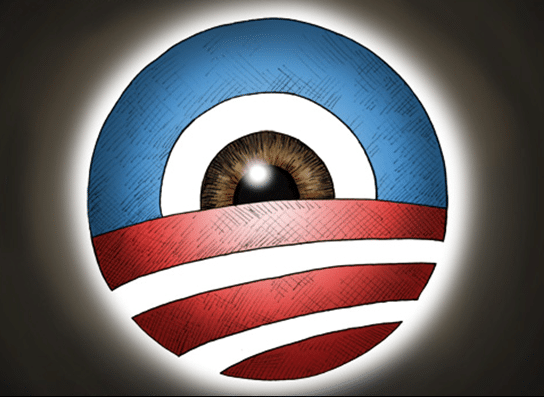
Russia thought Hillary Clinton was going to win the 2016 election, was surprised at President Donald Trump’s victory, were holding back more damaging material on Clinton for when she took office and this intelligence was suppressed by senior Obama administration officials when it composed its January 2017 intelligence assessment on Russian intent with regards to the election, a newly declassified 2020 report from the House Permanent Select Committee on Intelligence (HPSCI) shows.
These appear to be part of the documents President Trump declassified in January 2021 and then were suppressed by the Justice Department during President Joe Biden and Attorney General Merrick Garland’s tenures of office. Now, thanks to President Trump and Director of National Intelligence Tulsi Gabbard, the American people get to find out all about it.
Importantly, the HPSCI report does not overturn the assessment that Russia hacked the Democratic National Committee (DNC) and John Podesta emails to be put onto Wikileaks, but it finally reveals that pre-election intelligence indicated that Russia’s intent was to undermine what it perceived was the incoming administration and likely winner of the election, an assessment that stood until after the election.
After Clinton lost, that was when the Obama White House intervened to change the assessment wherein critically the intelligence analysis went from Russia hurting Clinton, the presumed winning candidate and incoming president, to helping Trump.
But the latter assessment of helping Trump exclusively relied on the fabricated Hillary Clinton campaign and DNC funded dossier by former British spy Christopher Steele — falsely reporting “a well-developed conspiracy of co-operation” between then-candidate Donald Trump and Russia — was utilized over the objections of career intelligence officers and had previously been utilized to obtain the October 2016 Foreign Intelligence Surveillance Act (FISA) warrant on Trump campaign advisor Carter Page.
The new assessment was then rolled out in January 2017 at then-President Barack Obama’s December 2016 direction to undercut the incoming Trump administration and to bolster the Justice Department’s bullshit investigation into the new president.
The Obama White House needed to ensure that the Steele dossier would be briefed to the incoming president — to leverage him.
According the HPSCI report, “Unlike routine IC analysis, the [January 2017] ICA was a high-profile product ordered by the President, directed by senior IC agency heads, and created by just five CIA analysts, using one principal drafter. Production of the ICA was subject to unusual directives from the President and senior political appointees, and particularly [the Director of the CIA] DCIA. The draft was not properly coordinated within CIA or the IC, ensuring it would be published without significant challenges to its conclusions.”
The manipulation had a significant impact on the 2017 assessment and thus public, political discourse on the matter of Russia’s alleged intervention in the 2016 election against Trump: “The Director of CIA (DCIA) ordered the postelection publication of 15 reports containing previously collected but unpublished intelligence, three of which were substandard-containing information that was unclear, of uncertain origin, potentially biased, or implausible — and those became foundational sources for the ICA judgments that Putin preferred Trump over Clinton. The ICA misrepresented these reports as reliable, without mentioning their significant underlying flaws.”
The HPSCI report noted how these substandard reports altered the intelligence assessment: “These failures were serious enough to call into question judgments that allege Putin ‘developed a clear preference for candidate Trump’ and ‘aspired to help his chances of victory’ and that ‘Russian leaders never entirely abandoned hope for a defeat of Secretary Clinton.’”
And the HPSCI report confirmed that the 2017 assessment depended on the Steele dossier: “The ICA included a two-page summary of a series of anti-Trump political opposition research reports–which have collectively come to be known as ‘the dossier’ in the media–that was produced on behalf of the Democratic National Committee (DNC) and the Clinton campaign–by former British intelligence officer, Christopher Steele.”
And the dossier was compartmentalized to control public perceptions about its usage in the assessment: “Even though the dossier information was unclassified, the dossier summary was only included in the highest classified version of the ICA that was briefed to President Obama and President-elect Trump, and was seen by various national security officials and senior political appointees. It was omitted from bot the Top Secret version of the ICA released for Congress and the unclassified, public-release version.”
This was intended to shield the Steele dossier from scrutiny: “By relegating the dossier text to only the highest classified version of the ICA, the authors were better able to shield the assessment from scrutiny, since accesses to that ICA version was so limited.”
All the while, the Justice Department assured and lied to the American people about having utilized the Steele dossier to obtain surveillance against Trump, which by that time had been published by Buzzfeed in January 2017 just days after the new intelligence assessment dropped.
Buzzfeed’s publication of the dossier — which by then had been circulating U.S. media outlets and offices in Congress — turned out to be serendipitous for President Trump, with the Steele dossier immediately being publicly and privately discredited and debunked. President Trump called it “fake news”. He was right, and its publication was the one thing that the Obama White House was not counting on.
The HPSCI report confirms that the January 2017 assessment did not even bother to try verifying the Steele dossier before unscrupulously including it in the assessment: “CIA analysts and operations officers struggled to explain how the ICA — written for two Presidents and other high-level officials — could have included dossier information without identifying and vetting primary sources and without explaining the political circumstances surrounding why the report was produced and funded.” They just took it on faith.
In fact, the FBI did not begin the process of validating information from Steele until Jan. 2017 when it began interviewing Steele’s sources, months after spying warrants in October 2016 had already been obtained on the campaign and renewed after the election according to the December 2019 Justice Department report by Inspector General Michael Horowitz on abuses under the Foreign Intelligence Surveillance Act (FISA) that occurred in 2016.
According to the inspector general report, once the main source that Steele used was contacted, “the Primary Sub-source made statements during his/her January 2017 FBI interview that were inconsistent with multiple sections of the Steele reports, including some that were relied upon in the FISA applications. Among other things, regarding the allegations attributed to Person 1, the Primary Sub-source’s account of these communications, if true, was not consistent with and, in fact, contradicted the allegations of a ‘well-developed conspiracy’…”
We also know, per Horowitz, the Steele dossier was also “central” to the FISA warrant: the FBI’s “receipt of Steele’s election reporting on September 19, 2016 played a central and essential role in the FBI’s and Department’s decision to seek the FISA order.”
When the FBI interviewed the sub-source its summary stated, per the Horowitz report, “[the Primary Sub-source] did not recall any discussion or mention of Wiki[L]eaks.”
On President Trump’s alleged activities at the Ritz Carlton hotel, that was just a rumor: “the Primary Sub-source told the FBI that, while Report 80 stated that Trump’s alleged sexual activities at the Ritz Carlton hotel in Moscow had been ‘confirmed’ by a senior, western staff member at the hotel, the Primary Sub-source explained that he/she reported to Steele that Trump’s alleged unorthodox sexual activity at the Ritz Carlton hotel was ‘rumor and speculation’ and that he/she had not been able to confirm the story.”
On details about Trump foreign policy advisor Carter Page being offered a stake in Rosneft worth billions, those were apparently made up: “a meeting allegedly held between Carter Page and Igor Sechin, the President of Rosneft, a Russian energy conglomerate. Report 134 stated that, according to a ‘close associate’ of Sechin, Sechin offered ‘PAGE/TRUMP’s associates the brokerage of up to a 19 percent (privatized) stake in Rosneft’ in return for the lifting of sanctions against the company. The Primary Sub-source told the FBI that one of his/ her subsources furnished information for that part of Report 134 through a text message, but said that the sub-source never stated that Sechin had offered a brokerage interest to Page. We reviewed the texts and did not find any discussion of a bribe, whether as an interest in Rosneft itself or a ‘brokerage.’”
Steele had also alleged that former Trump attorney Michael Cohen had traveled to Prague in the summer of 2016 to mop up the supposed fallout of the Trump-Russia DNC hack conspiracy. Here, too, the FBI ultimately debunked that allegation, too. Per Horowitz, “the FBI determined that some of the allegations in the Steele reporting, including that Trump attorney Michael Cohen had traveled to Prague in late summer 2016 to meet with Kremlin representatives and that ‘anti-Clinton hackers’ had been paid by the ‘[Trump] team’ and Kremlin, were not true.”
In March 2017, when the FBI returned to question the primary sub-source again, it again undercut the veracity of Steele’s reporting: “the Primary Sub-source felt that the tenor of Steele’s reports was far more ‘conclusive’ than was justified. The Primary Subsource also stated that he/she never expected Steele to put the Primary Subsource’s statements in reports or present them as facts. According to WFO Agent 1, the Primary Sub-source said he/ she made it clear to Steele that he/she had no proof to support the statements from his/her sub-sources and that ‘it was just talk.’”
It gets better. In March the primary sub-source admitted it was all hearsay: “the Primary Sub-source explained that his/her information came from ‘word of mouth and hearsay;’ ‘conversation that [he/she] had with friends over beers;’ and that some of the information, such as allegations about Trump’s sexual activities, were statements he/she heard made in ‘jest.’ The Primary Sub-source also told WFO Agent 1 that he/she believed that the other sub-sources exaggerated their access to information and the relevance of that information to his/her requests. The Primary Sub-source told WFO Agent 1 that he/she ‘takes what [sub-sources] tell [him/ her] with ‘a grain of salt.’’”
We now know in hindsight that the Steele dossier was all bullshit. It should have never been included in the FISA warrant application — there should have never been a FISA warrant application for that matter — and it certainly should have never been briefed for Presidents Obama and Trump.
But Obama directed that it be so. Nobody thought Trump was going to win — except for Trump — not Clinton, not Obama, not the media and not Russia. But once he did, all possible leverage including the dossier, which was already being used for surveillance, was wielded with maximum effect against the incoming president, undermining national security, U.S.-Russian relations and making war more likely.
President Trump has called it “treason,” which Article III of the Constitution defines as “levying war [against the United States]”. Was the Russiagate hoax an act of war? We’re about to find out.
Robert Romano is the Executive Director of Americans for Limited Government Foundation.


